 Features
Features
On their comeback, the Sugababes are getting their clubland flowers
Dance music has always been a part of the Sugababes. Now the original trio have reunited, they’re dominating dancefloors, getting booked alongside hyped DJs, and asserting their credentials in the contemporary club scene. Patrick Hinton reports
There are many spots famed for their raucous party atmosphere at Glastonbury Festival, but the Field Of Avalon is not one of them. Formerly a part of the zen-like sanctuary of The Green Fields, its setup is akin to a village fête — there’s a cheese toastie van, shrieking kids roaming around, and a real ale bar that’s packed. Avalon is somewhere that “festival travellers come to rest their weary legs and recharge”, says Glastonbury’s website, while the music on offer hits notes of easy-listening, nostalgia, and enticing the average Absolute Radio listener.
On a balmy Friday afternoon in 2022, all is proceeding as expected. But by nightfall it's absolute bedlam. Beats are pumping in the tent, which could be filled five times by the overspill flooding across the field. There are three reasons for this shift in atmosphere — Mutya Buena, Keisha Buchanan and Siobhán Donaghy, the Sugababes, the original Sugababes, back together again after 20-odd years. Avalon has never seen the likes. It’s a hit parade on stage, and the tent is bouncing. The trio feed off the energy, hyping it up with garage MC style ad libs. Dancers inside are setting off flares, many more outside are clambering onto hay bales for a better view and going off just as hard. Security have closed off access to the area, but undeterred, people are desperately scaling the fence to get in on the action. It feels a bit like an illegal rave in a bewildered provincial village, taking over this serene space for an unhinged party.
Coming off stage, the Sugababes are in a daze. “We’re still actually.. Like, just trying to.. It’s hard when you come off stage… coming down from the - come down?! Does that make sense?” burbles Keisha Buchanan to BBC host Remi Burgz. “I was having some sort of out of body experience,” says an eyes-wide Siobhán Donaghy. Burgz turns to the camera with an unequivocal closing remark: “I just want to confirm: the Sugababes are back, OK? They’re back! You’ve seen it here.”
Two summers later on a Tuesday evening in Berlin, a city well-known for its raucous party atmosphere, another dance in an offbeat location is facing shutdown. A späti (you might call it a cornershop) in the centre of Freidrichshain has been converted into a pop-up venue, with a soundsystem in place, decks on the counter, and a makeshift stage-cum-dancefloor. Local duo DJ Heartstring are on the bill, with a special guest headliner teased.
The queue runs deep, but there’s none of the funeral procession vibes you might associate with a long Berlin club line, even though a majority have clearly given up hope of getting in. Libauer Straße is a sea of people sinking road beers and hanging around to catch some of the action from outside, only bothered by a heavy Polizei presence. When the guests arrive - you guessed it, it’s the Sugababes! - they’re greeted with excited whoops. A walkway has opened up inside, and the triad stride through the dancefloor purposefully, taking the stage to the anthemic analogue synths of ‘Freak Like Me’. The cornershop-club erupts, and stays bouncing off the walls through hits like ‘Overload’ and a medley of UK garage bangers. To close, the Sugababes make their way to the countertop booth and provide live vocals to DJ Heartstring dropping their remix of ‘Push The Button’. Their vocal command is impressive, weaving around the rework which toys with the melody, key, and adds a pumping beat. People are dancing in the street as far as our eyes can see outside. Inside is chaos. As that euphoric peak passes, the dancefloor catwalk reopens, and they bop their way back out with waves and blown kisses to the rapturous mob. They’re not rendered speechless by the turnout — this is just another day in the life of the Sugababes in 2024, now rabble-raising club favs, on top of their pop and R&B stardom.
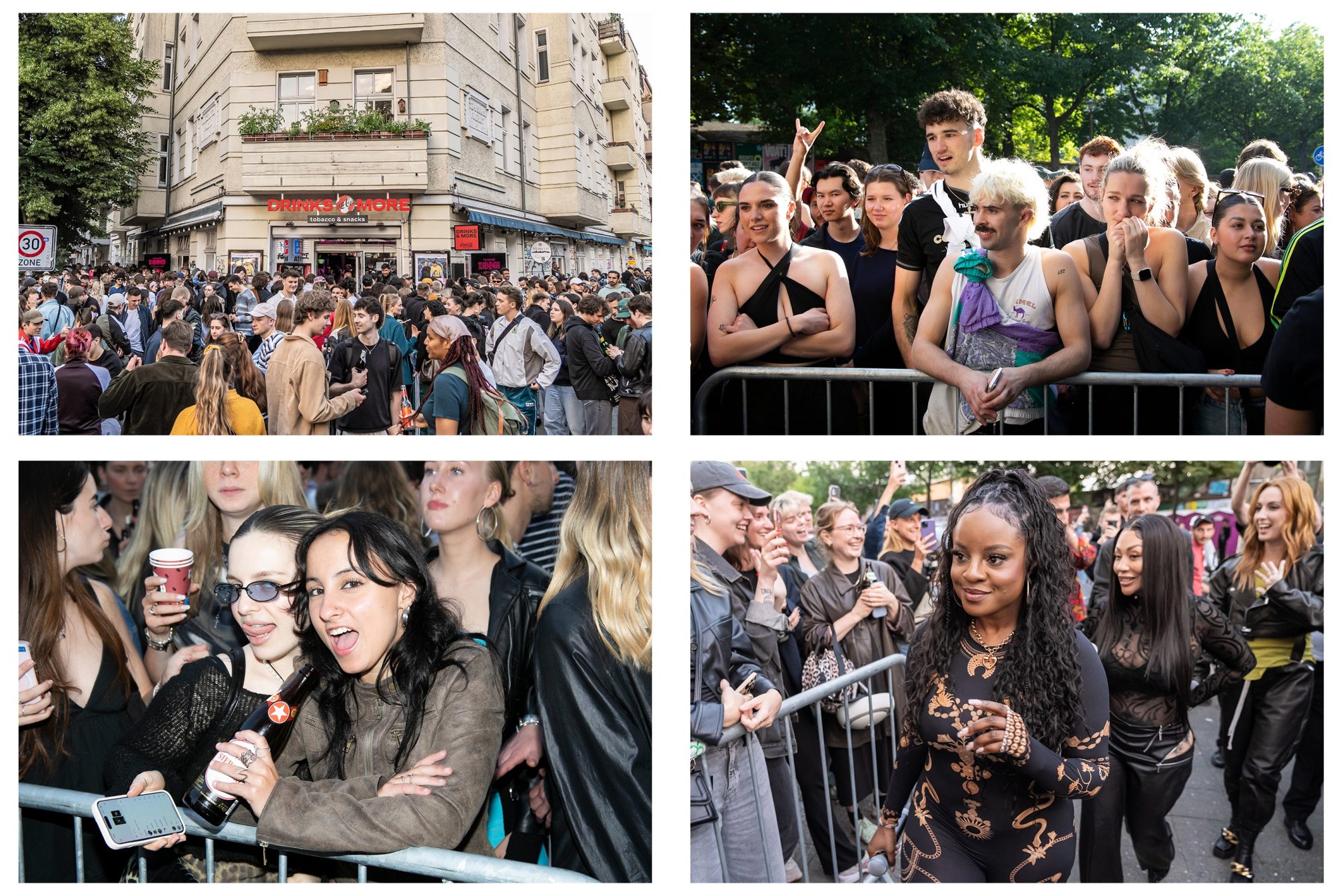
The crowd is all worked up, and the show goes on, with DJ Heartstring dropping remixes of Disclosure, Shygirl and some ecstatic piano house. You’re allowed to help yourself to the späti’s drinks and snacks, but it still feels lawless watching people raid fridges and shelves for beer, wine, sweets and, in one case, a full tub of ice cream. Have I died and gone to rave nirvana? Not quite, it’s a brand activation of course. The event has been organised by Deutsche Telekom with Electronic Beats, kicking off its ‘Summer to Remember’ campaign, which will see the telecommunications giant offer “free music experiences across Europe”, including “unexpected events at unique locations”. Not the epitome of rave culture, sure, but an interesting point of reflection for several related topics: nostalgia’s impact on dance music; the limiting of cultural experiences for young people; the merging of mainstream pop and the ‘underground’, and the Sugababes finally getting their flowers as clubland icons.
Read this next: Post-PC Music: How the London label inspired a new stage in the pop continuum
Whatever the commercial reasons behind it, the Sugababes being booked to play alongside one of Europe’s most hyped DJ duos in a celebrated institution of Berlin nightlife feels uniquely modern. Though it makes sense; dance music has always been in their DNA. The trio first bonded over a shared love of garage, sharing mixtapes that weren’t getting mainstream radio play, and meeting at Under 18s club nights in suburban London. “Very exciting places like Rayners Lane,” Siobhán tells me, when we speak the day before the Berlin event. “It was amazing. You didn't need to go to Over 18 clubs because it was more fun.” Mutya’s also a huge house head. “Soulful house, hard house, anything to do with house in a dark room, that's pretty much what I like,” she says. “Ibiza is one of my favourite places to go. I literally always try and book a ticket for three days and end up being there for, like, over a week.” Siobhán’s tastes also go darker. “I've been to Berghain,” she shares. “I remember being so stressed about what I was going to wear because I didn't know if I was going to get in. It was as good as expected to be honest, I had an incredible time.”
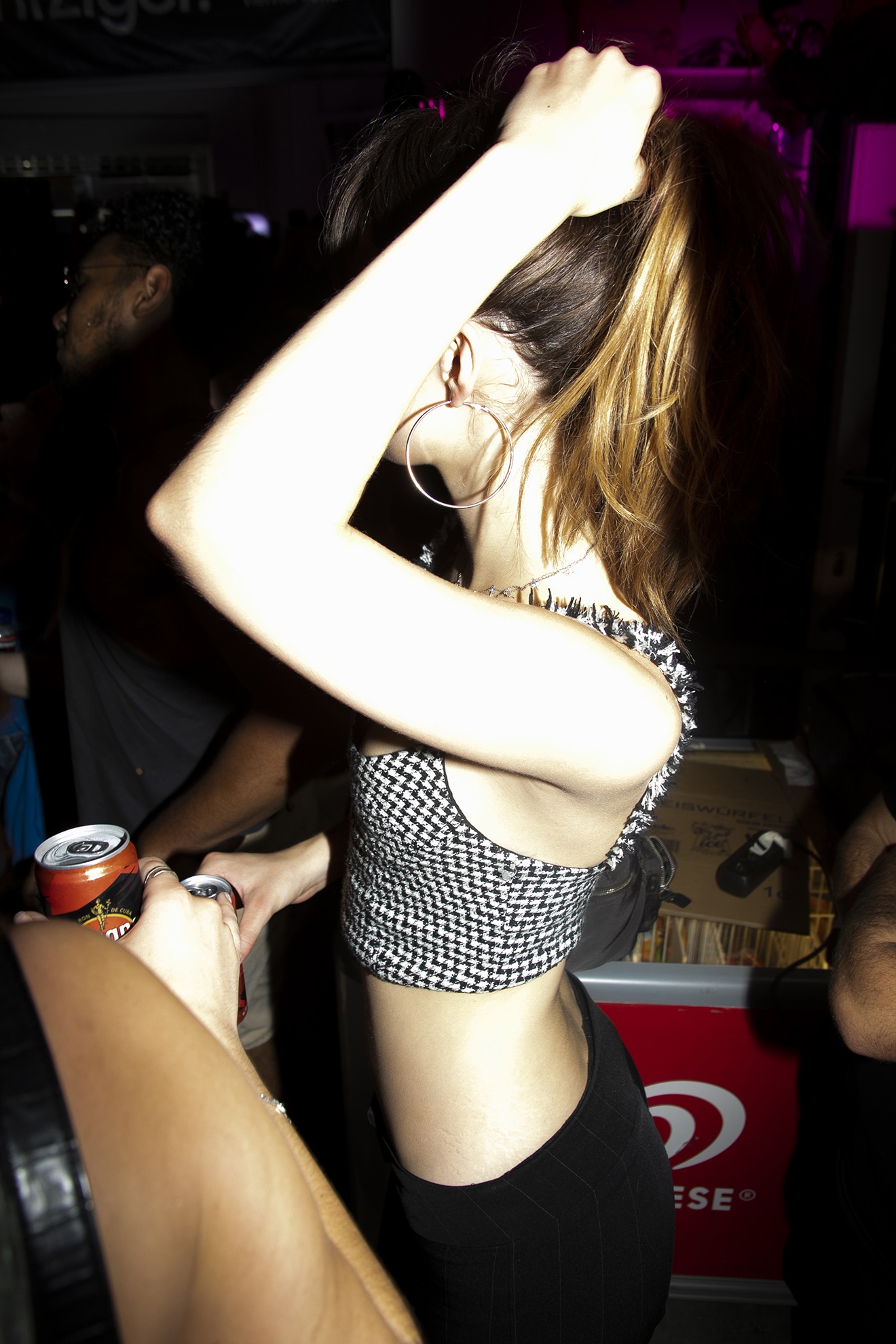
Musically, influence has been there from the start. Their debut single ‘Overload’, released in 2000 when they were just 16, sounded nothing like the other ‘pop’ groups of the era — a mutant blend of electronic, indie and hip hop production, with a dynamic bassline and shuffling percussion one moment, a deranged guitar solo the next. After Siobhán left the group in 2001, dance music came into bigger focus for all three, despite the divide. Siobhán went on to DJ at fashionista club night Boombox and frequented East London nightspots like Dalston Superstore in her free time. Keisha and Mutya set to work on second album ‘Angels With Dirty Faces’, alongside new member Heidi Range, with electronic production a prominent feature. The lead single was a cover of ‘We Don't Give A Damn About Our Friends’, an unauthorised mashup combining the R&B vocal from Adina Howard’s ‘Freak Like Me’ with the brash, synth-led production of Gary Numan’s ‘Are ‘Friends’ Electric?’ that was making waves on pirate radio. Its producer Richard X (AKA Girls On Top) was intent on releasing it commercially, however Howard refused permission for the use of her vocals, so the Sugababes were chosen to front an official release. “It was kind of bubbling on the underground,” recalls Keisha of the bootleg. “Mutya and I grew up with Adina Howard. When we were told that was going to be our single and we just need to cut it, we didn't have to write anything down, we just knew it, because we've been singing it most of our lives. It was all very exciting.” The single rocketed to Number 1, the group’s first chart-topper, and so too did follow-up single ‘Round Round’, a dance-pop heater which sampled German electronica group Dublex Inc.
This direction largely came from the production team behind the album, which included Xenomania, the eclectic and eccentric songwriting troupe founded by Brian Higgins; Bloodyshy & Avant, a relatively new-on-the-scene Swedish duo whose work on Britney Spears’ ‘Toxic’ the following year earned them a GRAMMY win for Best Dance Recordings; and Lucas Secon, another future GRAMMY nominee in the Dance category. “I don’t think there was a conscious effort to make electronic pop,” recalls Keisha of her own experience of the recording process. “We would get played a bunch of beats from different genres, and we just naturally gravitated towards the ones that we felt like we could come up with the most catchiest melodies to.” Nevertheless, the Sugababes vocal talents and ability to combine in this framework was unusual. Their adaptability is audible on a track like ‘Round Round’, which switches up into a ballad in the middle eight, before accelerating back into dance mode to close. “At the time [of writing] that piece of music was going to be a ballad,” Keisha explains, but when the main production changed course, their verses did too. “Somehow it was all kind of blended together,” she adds, which is easier said than done. Group vocals aren’t common in dance music, with styles like ‘diva’ house, disco and most dance-pop favouring soloists. It’s something that Siobhán commented on in a 2022 interview with Dazed. “For a long time it’s been dance music with a single female voice. When you’re a harmony group like us, that’s really difficult,” she said. She elaborates when we speak. “When you try and hear what you're writing through other people's ears, you know that they are so used to hearing a single vocal on top of that dance track, so it's quite hard to get that pared back, raw, kind of effortless sound with the three vocals,” she says. “But it's possible and we really push for up-tempo tracks.”
The result of the Sugababes nailing harmonic vocals on these dancier beats is they represent a sound that’s distinctly of the pop and R&B world, while undeniably fitting in with club sonics too. The blurring of the lines between mainstream pop and underground dance in recent years has shown this was ahead of its time. Those worlds, however you define them, were more separate back then. Though the Sugababes were getting nods for their dance tendencies, with singles in dance charts and a BRIT Award for Best Dance Act in 2003 (still the only girl group to win the prize), this type of industry recognition was more aligned with the mainstream than what was going on in the clubs. You might have heard the odd 4/4 house edit of a track while out - like this Kujay Dada mix - but nothing compared to the swell of dance-pop hybrids taking over the nicher spots of club culture in recent years.
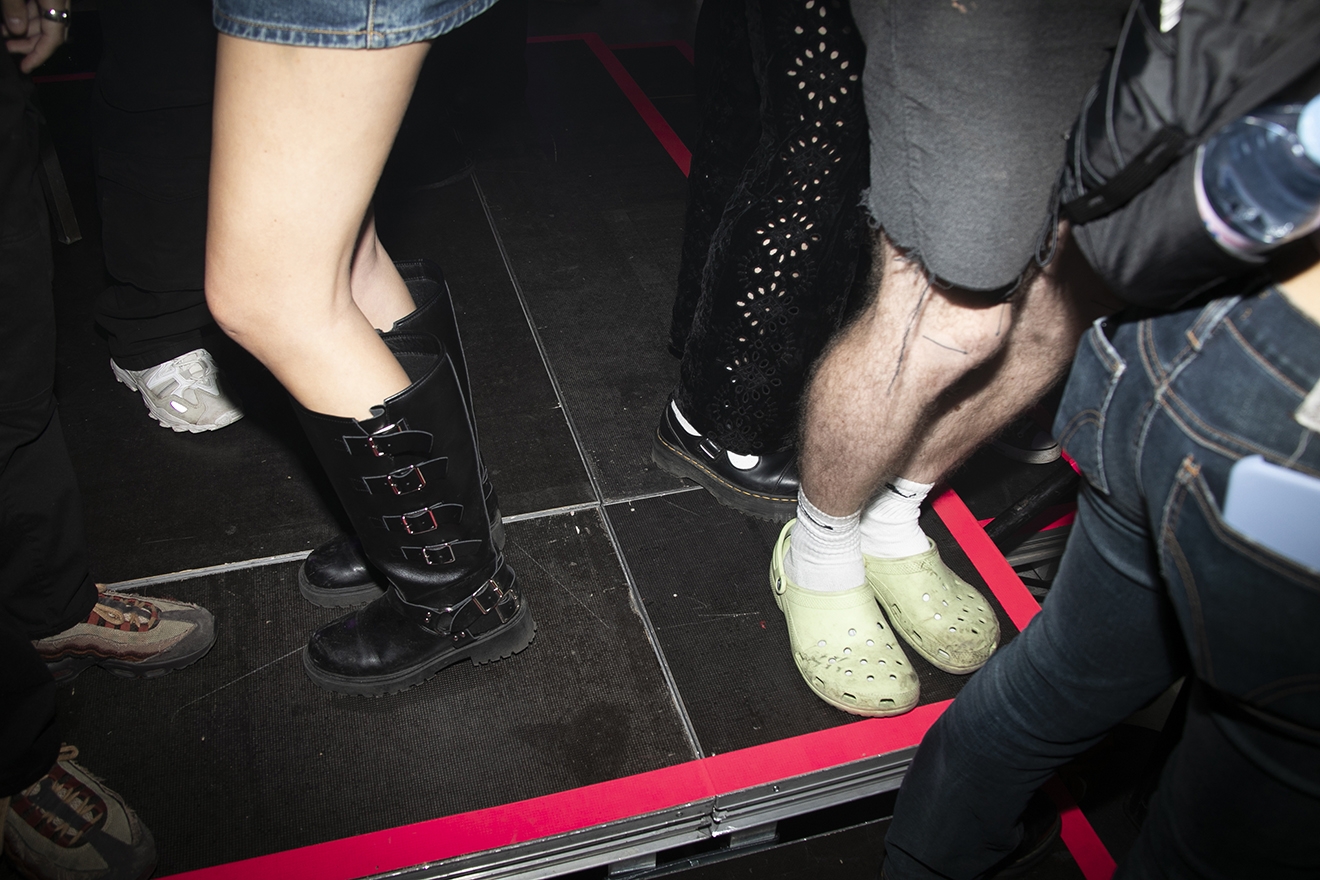
While this shift was taking shape, Mutya, Keisha and Siobhán were locked out from the Sugababes brand, with Siobhán’s departure later followed by the controversial replacements of Mutya and then Keisha, until no original members remained. That was the case for a decade, until a 2019 legal victory saw the trio reclaim the name. They immediately leaned into their dance music roots, releasing a cover of UK garage classic ‘Flowers’ as their comeback single, recorded for DJ Spoony’s ‘Garage Classical’ compilation. “Coming back under our name, we definitely probably thought it would have been a big [original] single,” says Keisha. “But we're such a fan of old skool garage and we just thought it was a really cool project to be a part of.” Meanwhile the Sugababes were translating into clubland like never before, with contemporary producers and DJs latching onto their tunes for edits and airplay amid a growing wider trend.
Read this next: How 'Song 4 Mutya' became one of the UK's most enduring pop-dance anthems
“In my humble opinion, one of the best things about the modern day music industry is the ‘00s pop resurgence. Music that my cooler older brother made fun of me for liking when I was seven, that is now being dropped left right and centre from all your fave DJs in clubs around the world!” says DJ and BBC Radio 1 Dance host Jaguar, who’s coined the term UKC (UK Cunty) for her style that blends “peak-time queer clubs and bass music”. DJs drawing for Sugagabes cuts and reworks in recent times include Midland, Yazzus, Elkka and Four Tet, with notable edits made by the likes of Two Shell, Majestic, Metronomy and Joy Anonymous. A clip of Eliza Rose dropping the latter remix on Boiler Room to a fervent crowd secured another viral TikTok post for the ‘B.O.T.A’ chart-topper. The group that once covered a bootleg to top the pop charts was now being bootlegged into a new era of club prominence. They got asked to do their own Boiler Room (apparently due to the sheer number of their bootlegs being dropped on the platform), have been booked to play dance events such as FALSE IDOLS at Drumsheds, on a bill with Job Jobse, Saoirse, Paranoid London, and more, and now get tapped when brands want clubland clout for events like Berlin späti raves.
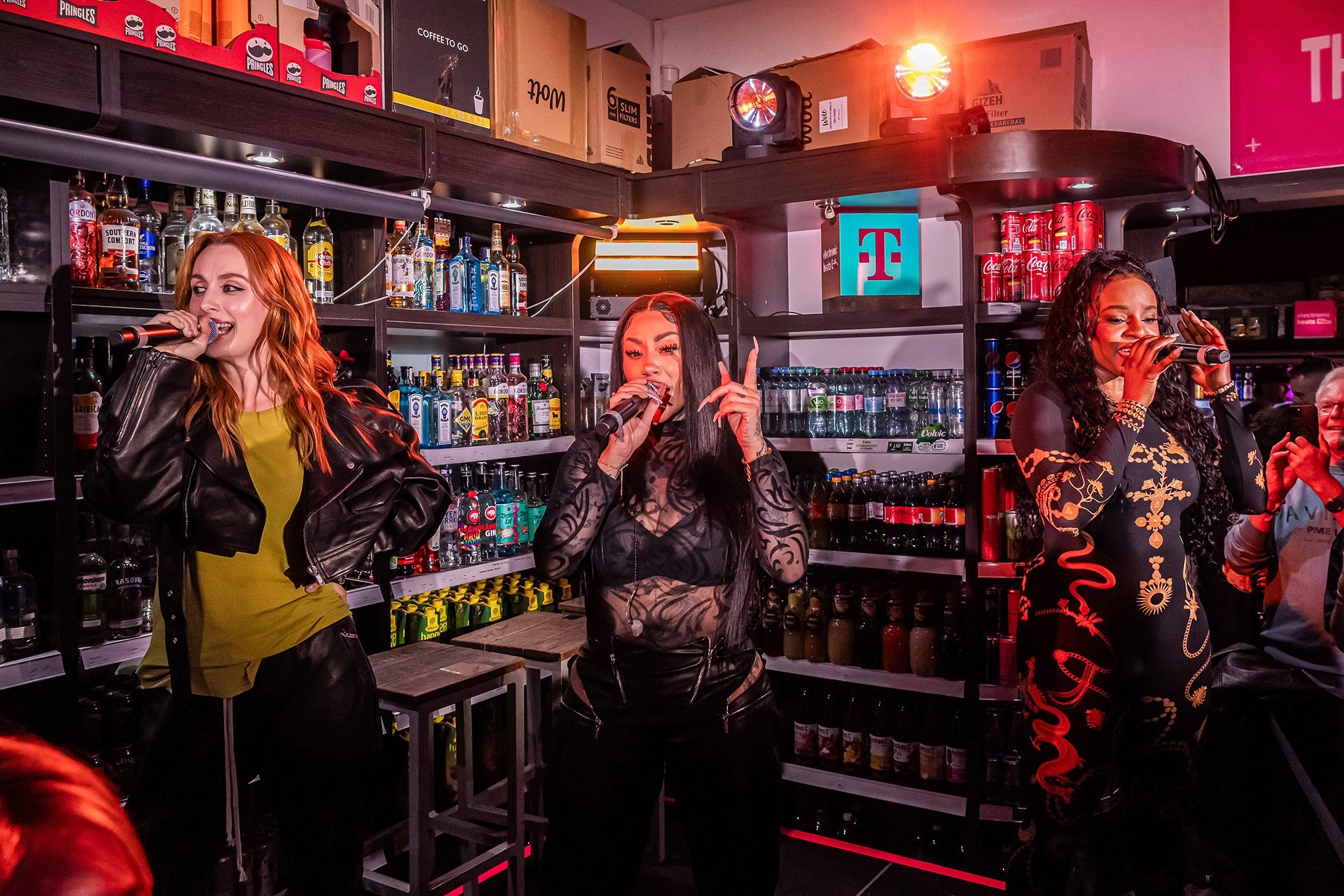
The wild response to the Avalon set at Glastonbury seems to have helped this. Simon Denby, co-founder of FALSE IDOLS, namechecks it when discussing the booking. “We were lucky and got in - it was joyous and I loved seeing the crowd mix - partying alongside queer raver friends, edgy Berlin DJs and a more expected fun pop crowd - it was really diverse and everyone was singing along,” he says. “Their music is really well produced and has stood the test of time, it crosses over with UK garage and house and has been incredibly popular in the early days of lots of the artists we have playing who listened to Sugababes when they were growing up.”
Widening the lens on ‘why now?’, his comment alludes to nostalgia, which is an evident force behind all of this. It’s worth noting that nostalgia in music is sometimes considered a symbol of poor scene health and creative stagnancy, perhaps reflecting an aging clubbing base, while for younger audiences, the “boom of ‘90s rave nostalgia among Gen Z … has been linked to the struggling economy” (disucssed in more depth here). But it’s also not a cause for outright cynicism. As Siobhán notes, the way younger gerations with the internet discover music has changed drastically, and different eras are more collapsed into each other now. “I'm always fascinated with what my niece is listening to,” she says. “It was so funny because she tried to introduce me to the Cocteau Twins the other day. I was like they're not new and Liz Fraser is about 60 years old, and she could not get her head around that fact.” She considers that this shift has “thrown the doors open, and it's not people telling the younger generation what is cool, they just discover it themselves, and they like it. Who doesn't love a pop banger?”

DJ Heartstring, real names Jonas and Leo, embody the trend of blending nostalgia with fresher club sounds, which makes them a natural fit to share a bill with Sugababes. They do it very well. The Berlin duo have become one of the most sought after acts on the circuit for their style that sits somewhere between Eurodance and techno, fusing a pop-meets-rave approach fuelled by high BPMs and ecstasy-soaked euphoria that’s hard to resist. They run a popular event series called Teenage Dreams, which takes its name from a punter once complaining about Jonas’ throwback selections. “She was like: 'Can you please stop playing these piano tracks? Because it feels like an endless teenage dream',” he reveals, grinning. “I was like this is amazing, I will continue to play this because that's exactly the feeling that I want. Nostalgia, reminding you of the good old days or whatever that means. That's what we're going for.”
Read this next: Has dance music got harder and fast?
The changes from the ‘good old days’ to now are harder to be positive about. The UK’s club scene is struggling, and intimate nightlife venues closing down amid a trend towards festival-style megavenues is another reason why a booking with the Sugababes' following is appealing. It’s also why DJ Heartstring are thrilled to play with them in a späti. “It doesn't make sense in my head. The Sugababes in a späti!” exclaims Leo disbelievingly. “It feels like we're able to take these legendary people into our world and present them in our way,” says Jonas, calling spätis (which provided his youth with cheap drinks, 24/7 opening hours and casual street seating with a bar-like atmosphere) “as much a part of Berlin nightlife as the clubs are”. However: “Unfortunately the city is trying to crackdown on the culture a little bit,’ he continues, reflecting on related nightlife scourges such as gentrification, stricter licensing and the cost of living that also afflict Germany (among other countries). He fears for nightlife’s future if a new generation can’t afford to participate. “If we lose the next generation it's going to eventually die out.” That’s the thinking behind the späti rave and wider DT campaign: to give Gen Z “access to a range of music experiences” (and promote the brand).
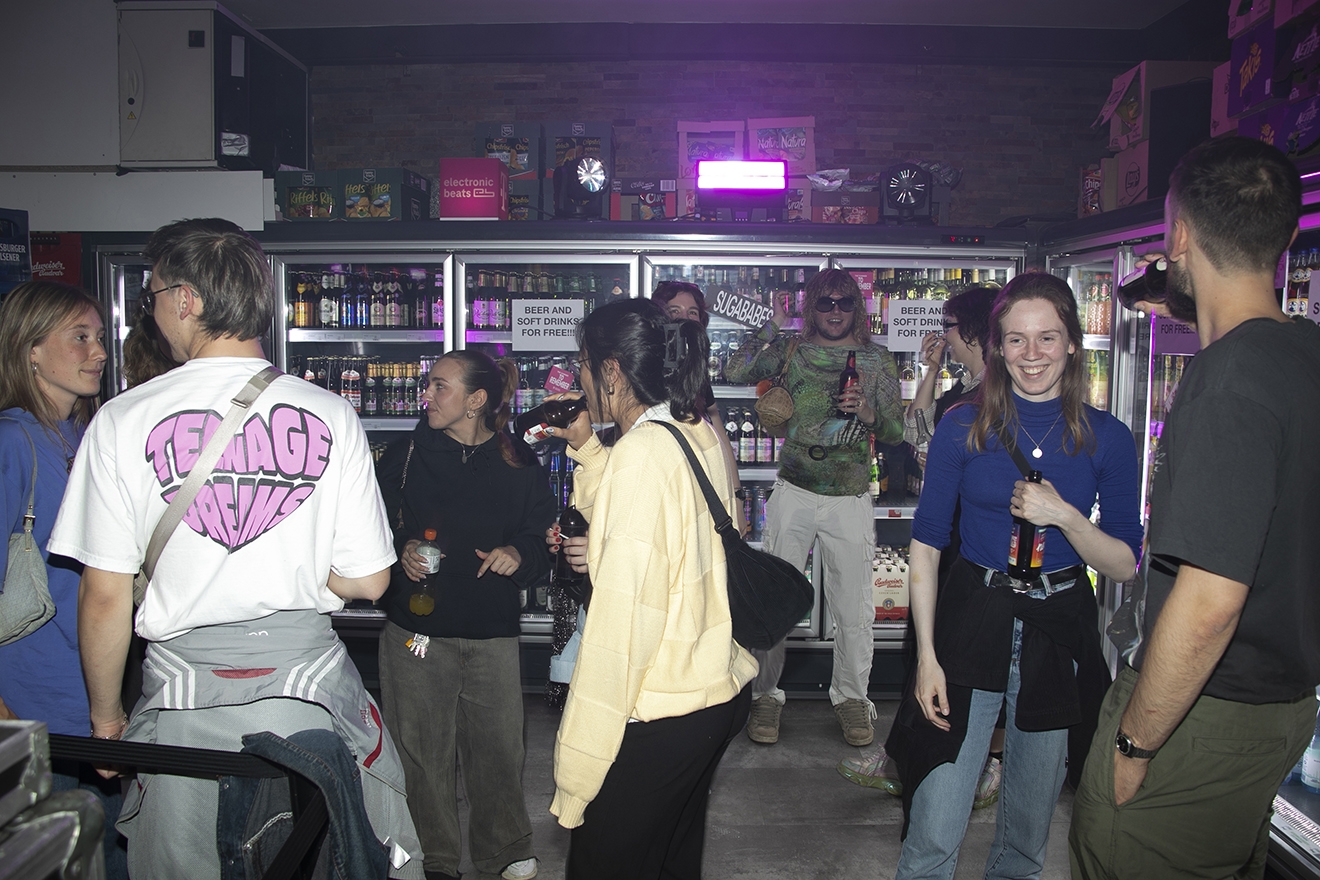
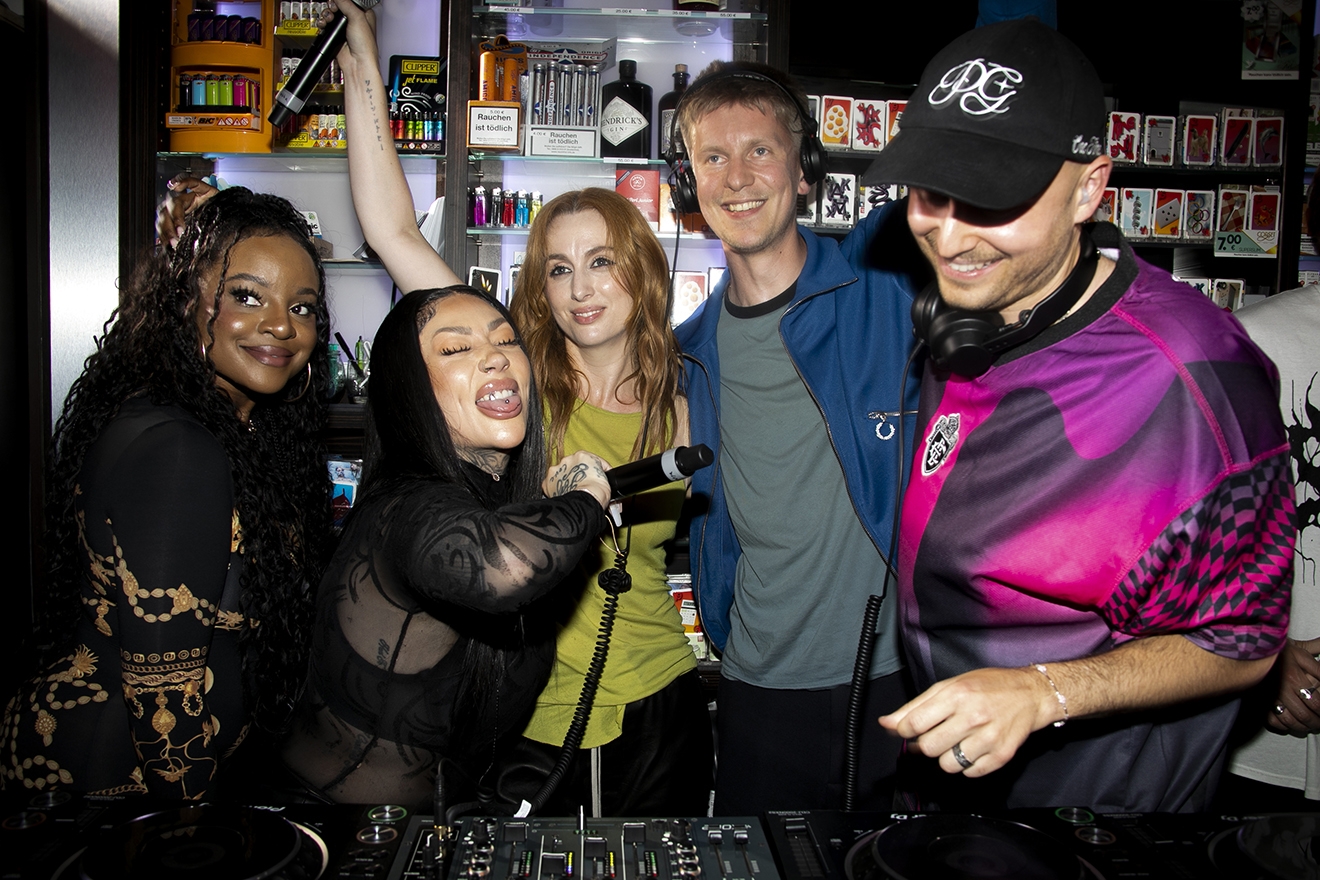
Admittedly nightlife struggles are a somewhat sour context, but still, we can’t help agree with Jonas that “it's sick that [the Sugababes were] up for it. There would be artists their size who would be too cool or important for this.” And getting back to the main matter at hand, it’s a beautiful thing that the Sugagabes have overcome industry fuckery and returned from the wilderness to find their place in the club scene and their contribution to dance music newly recognised. They’re loving that new generations are connecting and experimenting with their music. “I've seen quite a few clips of DJs playing our music out, and it’s always nice to see such a young crowd sing along to our lyrics. Just remix it and put it out there and have fun with it. It's nice to hear,” says Mutya. “Especially when they include a big drop!” chimes in Siobhán. “You don't get that in the original so that's fun.” And not only that, they’re taking inspiration from it in turn. The more intimate club shows are their favourite to perform, and have inspired adaptations to their bigger arena gigs, such as the garage medley section of their live show. “It's become such an important part of our set. I actually can’t imagine the show without it now,” says Siobhán. The choice to perform this on a stage setup in the middle of the crowd at the O2 Arena came from the party vibes they experienced playing Boiler Room. “We wanted to create an atmosphere of intimacy, so we took the concept of playing in the round. You could just feel that garage rave and intimate feeling. We just had a ball,” says Keisha.
Things have come full circle for the three girls from London who connected over garage and formed one of the most successful musical groups in UK history with a raft of pioneering bangers. As far as future music goes, expect the Sugababes and clubland love affair to carry on. As Siobhán explained, “faster tempos don't always lend themselves to a busy kind of harmony situation”, but, she teases, “it's worked on our new record.”
Patrick Hinton is Mixmag's Editor & Digital Director, follow him on Twitter


